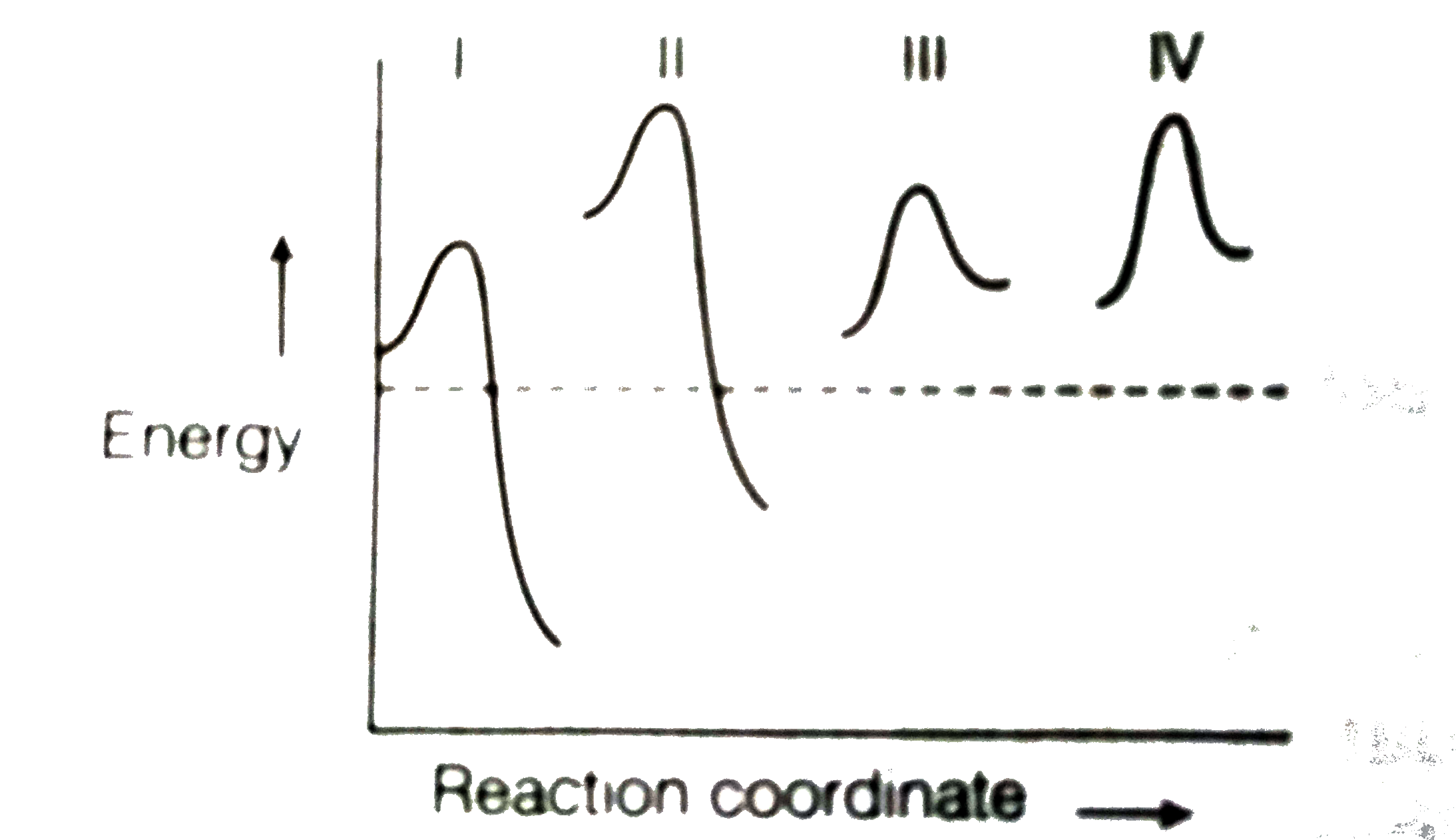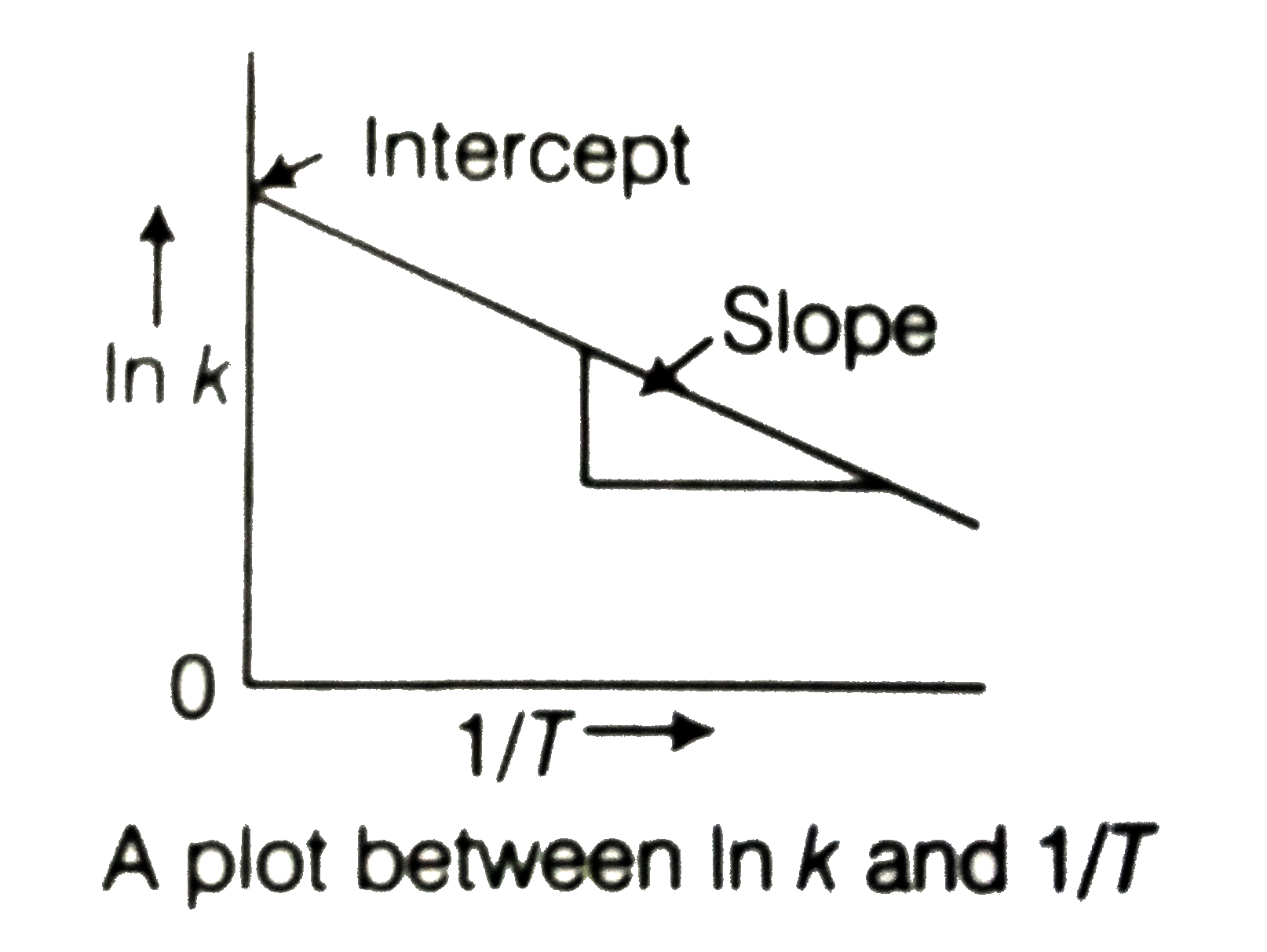Complete Solutions to Exercise 1 of chapter CHEMICAL KINETICS of Class 12 book with complete answers and questions
| Class 12 | CHEMISTRY |
| Chapter | CHEMICAL KINETICS |
| MHTCET PREP GUIDE | Exercise 1 |
| Number Of Questions | 63 |
| Academic Year | 2023-24 |
Rate of a reaction can be defined as
View SolutionIdentify the incorrect statements .
View SolutionFor a general reaction `RtoP,"then" r_("inst")` will be?
View SolutionFor a gaseous reaction at constant temperature
View SolutionUnit of rate of a reaction is
View SolutionIn the reaction alternative.
`2Hl(g)toH_(2)(g)+l_(2)(g)` Choose the correct alternative.
View SolutionRate of a reaction can be expressed by following rate expression, Rate =`K[A]^(2)[B]`, if conentration of A is incereased by 3 times and concentration of B is incereased by 2 times, how many times rate of reaction increses?
View SolutionA + 2B `rarr C, the rate equation for this reaction is given as
Rate = k[A] [B].
If the concentration of A is kept the same but that of B is doubled what will happen to the rate itelf?
View SolutionThe rate constant for the reaction
`2N_(2)O_(5)to4NO_(2)+O_(2), "is"" " 3.0xx10^(-5)S^(-1)`. If the rate is
`2.40xx10^(-5)"mol"L^(-1)s^(-1)` then the concentration of
`N_(2)O_(5)("in mol" L^(-1))` is
View SolutionIn a reaction, `2Ato "products",` the concentration of A decreases from 0.5 mol `L^(-1) to 0.4 mol L^(-1)` in 10 min.
The rate during this interval is
View SolutionThe reaction,`2NO(g)+O_(2)(g)hArr2NO_(2)(g),` is of first order. If the volume of reaction vessel is reduced to `(1)/(3)`, the rate of reaction would be
View SolutionOn increasing the pressure three fold, the rate of reaction of `2H_(2)S+O_(2)to"products would incerease"`
View SolutionWhich of these does not influence the rate of reaction?
View SolutionUnits of rate constant of first and zero order reactions in terms of molarity `M` are respectively:
View SolutionWith increase in temperature , rate of reaction
View Solution`2N_(2)O_(5)(g)to4NO_(2)+O_(2)(g)`
What is the ratio of the rate of decomposition of `N_(2)O_(5)`
to rate of formation of `NO_(2)`
View SolutionOrder of a chemical reaction is define as the
View SolutionWhich one of the following statements for the order of a reaction is incorrect ?
View SolutionThe order of a reaction with rate equal to `KC_(A)^(3//2)C_(B)^(-1//2)` is
View SolutionThe unit `"mol L"^(-1)s^(-1)` is meant for the rate constant of the reaction having the order
View SolutionThe relative order of rate of esterification of acids is
View SolutionDecomposition of ammonium nitrite is an examle of
View SolutionWhen one reactant is present in excess in a chemical reaction between two substances, then the reaction is known as
View SolutionFoe the rate law, =`K[A]^(3//2)[B]^(-1)` the overall order of a reaction is
View SolutionFor a zero order reaction a graph of conc. (along Y axis) and time (along X-axis) is linear with
View SolutionFor a chemical reaction ……. Can never be a fraction
View SolutionThe rate of law for the reaction `xA+yB=mP+nQ` is Rate `k[A]^(c)[B]^(d)`. What is the total order of reaction ?
View SolutionFor which type of the reactions, order and molecularity have the same value ?
View SolutionZero order reaction means that
View SolutionValue of `t_(1//2)` for first order reaction is
View SolutionIn a first ordr reaction, reactant concentration 'C' varies with time 't' as
View SolutionWhich of the following statement (s) `is//are true?
View Solution`cdotsAcdots` dependence of rate is caled defferential rate equation. Choose the suitable word to replace A.
View SolutionConsider the following,
`C_(2)H_(2)(g)+H_(2)(g)toC_(2)H_(6)(g)`.
(I) The above reaction is an example of first order kinetics. (II) Rate of the reaction will be given as `Rate =k[C_(2)H_(4)]`.
Which of the above stetement(s) `is//are` correct? Choose the correct option.
View SolutionA first order reaction is found to have a rate constant, `k = 4.2 xx 10^(-12) s^(-1)`. Find the half-life of the reaction.
View SolutionThe rate of the backward reaction in a reversible reaction
View SolutionExpression for the half-life of zero order reaction is given as
View SolutionThe rate constant of a zero order reaction is` 0.2 mol L^(-3) h^(-1)`. If the concentration of the reactant after 30 min is 0.05 mol ` dm^(-3)`, then its initial concentration would be
View SolutionThe rate constant for the first order reaction is `60 s^(-1)`. How much time will it take to reduce the concentration of the reactant to `1//16th` value ?
View SolutionInversion of cane sugar is a `cdotsAcdots` order reaction
`underset("Cane sugar")(C_(12))H_(22)O_(11)+H_(2)Ooverset(H^(+))to C_(6)undersetB(H_(12))O_(6)+ underset("Fructose")C`
Rate =D
Here A,B,C and D respectively are
View SolutionThe rate constant 'K' for pseudo first order reaction is
View SolutionHalf-life period of a first order reaction is 10 min. Starting with initial concentration 12 M, the rate after 20 min is
View SolutionThe rate of first-order reaction is `1.5 xx 10^(-2) M "min"^(-1)` at `0.5 M` concentration of reactant. The half-life of reaction is
View SolutionFor a first order reaction half life is 14 sec. The time required for the initial concentration to reduce 1/8 of the value is
View SolutionThe half life period of a substance is 50 minutes at a certain initial concentration. When the concentration is reduced to one half of the initial value, the half-life period is 25 minutes. Calculate the order of the reaction.
View SolutionHow much time is requred for two - third completion of a first order reaction having, `K=5.48xx10^(-14)S^(-1)`?
View Solution`t_(1//4)` can be taken as the time taken for concentration of reactant to drop to `.^(3)//_(4)` of its initial value. If the rate constant for a first order reaction is `K`, then `t_(1//4)` can be written as:
View SolutionFor a reaction, the rate constant is `2.34 s^(-1)`. The half-life period for the reaction is
View Solution75% of a first order reaction was completed in 32 min. When was 50% of the reaction completed ?
View SolutionRate constant for a reaction is `10^(-3) S^(-1)`. How much time is required to reduce the initial concentration of reactant to 25%
View SolutionA first order reaction is `10%` complete in 20 min. the time taken for `19%` completion is :
View SolutionFor a zero order reaction, the integrated rate equation is
View SolutionIf the half-time for a particular reaction is found to be constant and independent of the initial concentration of the reactants, then the reaction is of
View SolutionThe integrated rate equation is kt=` "log" C_(0)-"log"C_(t).`
The straight line graph is obtained by plotting
View SolutionOn the basis of Arrhenius equation, consider the following statement (s)
I. `E_(a)` is activation energy.
II. Unit of `E_(a) is j mol^(-1)`
III. R is gas constant.
Which of these is/are true statement(s)?
View SolutionWhat will happen, on increasing the temperature or decreasing the activation energy (answer on the basis of Arrhenius equation)?
View SolutionThe potential energy diagrams for four reaction are given below

Which one of the following statement about these diagrams is incorrect?
View SolutionRate constant k of a reaction is dependent on temperatur:
`k=Ae^(Ea//RT)`
K has the least value at
View SolutionIn the graph of Arrhenius equation , the intercept and slope are

View SolutionThe rate constant of a reaction is given by `k = 2.1 xx 10^(10) exp(-2700//RT)`. It means that
View SolutionRate of a reaction can be expressed by Arrhenius equation as:
`k = Ae^(-E_(a)//RT)`
In this equation, `E_(a)` represents:
View SolutionThe decomposition of hydrocarbon follows the equation `k=(4.5xx10^(11)s^(-1))e^(-28000K//T)`
Calculate `E_(a)`.
View SolutionThe activation energy for a reaction at temperature T K was found to be or `2.303 "RT J mol"^(-1)`. The ratio of the rate constant to Arrhenius factor is
View Solution
Exercise 1 questions and complete solutions for chapter CHEMICAL KINETICS of MHTCET PREVIOUS YEAR PAPERS AND PRACTICE PAPERS of Class 12